The Importance of UV Lights for Your AC System: Keeping Your Air Clean and Healthy
Introduction to UV Lights in AC Systems
UV Lights are a must-have for clean air. Installing them in an AC system kills microorganisms and bacteria that cause sickness. They emit ultraviolet light, damaging microbes' DNA, so they can't reproduce. This tech reduces allergens, odors, and mold and can prevent the spread of viruses like COVID-19.
UV-light systems come in different models and brands for residential and commercial use. UV-C lamps are popular. They emit short-wavelength light that's effective against many pathogens. Installing them also boosts efficiency and extends the lifespan of HVAC systems like ACs.
Back in 1903, Niels Finsen discovered ultraviolet germicidal irradiation (UVGI). He used UVA bulbs to treat psoriasis patients. During World War II, hospitals in Florida were equipped with UV lights to protect burnt staff from airborne infections. Nowadays, we use this tech to help people with allergies or respiratory issues.
UV lights make your home a safe haven from germs - goodbye, bacteria!
Benefits of UV Lights
To understand the benefits of UV lights for your AC system, consider the following sub-sections: Kills Microorganisms, Removes Odors, and Improves Indoor Air Quality. With these advantages, you can experience healthier and cleaner airflow in your home or office space.
Kills Microorganisms
UV lights are known to destroy harmful microorganisms. They deactivate their DNA or RNA, making them unable to replicate. This is why the cleaning method is so popular in labs and hospitals.
UV lights are easy and fast. They can reach hard-to-reach places that normal cleaning can't. Plus, they don't require additional chemicals which could irritate people with allergies.
The benefits of UV lights have been around since 1877. Scientists found that sunlight could kill bacteria. In the future, researchers found better ways to use UV radiation. Now, there are various forms of UV irradiation, from HVAC units to water filtration systems.
Say hello to a fresh, UV-lit aroma - goodbye to foul smells!
Removes Odors
UV lights – the perfect way to rid your home of odors! From pet smells to smoke and cooking odors, UV lights break down organic compounds and banish mold and mildew. UV-C light can sanitize air ducts and remove odor molecules, leaving behind fresh-smelling air.
Moreover, using UV lighting can improve indoor air quality, helping with allergies and asthma. Plus, it's a natural process for odor elimination, without compromising environmental footprints.
Furthermore, a study by The National Academy of Sciences (NAS) showed that exposing upper-room ultraviolet germicidal irradiation can reduce tuberculosis transmission rates significantly. This means UV lighting systems can not only maintain clean spaces but also actively contribute toward reducing public health hazards.
So why not upgrade to UV lights – because who needs fresh air when you can have sterile air?
Improves Indoor Air Quality
Indoor air can contain pollutants and allergens that can harm respiratory health. UV light is an effective way to combat this. It kills bacteria, viruses, and mold spores in the air.
UV lights emit UV-C rays which penetrate and damage the DNA of airborne microorganisms like germs, viruses, and bacteria. This eliminates them or makes them harmless. The UV lights also help reduce smells from cooking or smoking indoors.
UV lights can not only improve air quality but also HVAC efficiency and lower maintenance costs. Manufacturers suggest replacing the UV bulbs every 12 months or sooner for optimal performance. Doing this helps the UV light to work safely and efficiently to keep the air free of harmful particles.
UV lighting does more than regular filters. With regular cleaning practices and a UV light system made for residential use, you can breathe easier than ever! Shine a light on your AC system and enjoy improved air quality.
Types of UV Lights Used in AC Systems
To understand the various types of UV lights that are used in AC systems, dive into this section, 'Types of UV Lights Used in AC Systems,' from Roman's Service Cooling & Heating blog. Here, you will learn about the three sub-sections- PCO Technology, UVC Lamps, and Photocatalytic Oxidation, each offering unique solutions for maintaining clean and healthy air in your home or workplace.
PCO Technology
UVC lights are the newest way to sanitize the air! This technology, called Photocatalytic Oxidation (PCO), uses UV lights and a catalyst, such as titanium dioxide, to convert VOCs into harmless water vapors and carbon dioxide. It also produces free radicals that destroy bacteria and other microorganisms.
PCO stands out from other UV lights in that it not only kills germs but traps them inside filters, limiting exposure. Plus, it's eco-friendly, since it doesn't create any harmful by-products.
A study by Purdue University showed that PCO technology can reduce airborne viruses within hours of installation. This makes it even more important for fighting COVID-19, which is spread through the air.
UVC Lamps
Ultraviolet germicidal irradiation is a process that uses UVC wavelengths to deactivate bacteria, viruses, and other pathogens. UVC lights are often used in AC systems for air quality.
Studies have revealed that UVC lamps can eliminate up to 99% of airborne pathogens. These lamps are installed near cooling coils or inside the ductwork. When active, they emit UVC waves that sanitize indoor air by destroying microorganisms.
It is necessary to check with a technician if the HVAC system is compatible with UVC lamps. Also, upkeep is essential for maximum effect.
UV-C technology has become popular, as it cleans surfaces and reduces the risk of diseases. Installations have reduced pet dander allergies and microbial growth in AC coils.
A two-year study in an office building found reductions in bacterial growth under UVC lighting in sleeping areas. Bacterial counts suggest long-term sanitizing effects. Captain Clean Air, champion of photocatalytic oxidation, fights off pollutants in your AC system!
Photocatalytic Oxidation
UV-C lights in AC systems can kill bacteria and viruses. PCO is the process of using these lights with titanium dioxide to produce hydroxyl radicals that oxidize organic compounds. PCO units remove pollutants like VOCs from indoor air.
The UV-C lamp activates the titanium dioxide on the filter. This creates hydroxyl radicals that break down VOCs into water vapor and carbon dioxide. PCO is perfect for destroying microorganisms like viruses, bacteria, and mold spores.
PCO converts harmful particles into healthy components, providing clean air. When used with traditional filtration methods, it's ideal for hospitals, schools, offices, and homes.
Integrate PCO into your AC system today and protect your family and friends! Who needs a nightlight when you can have a germ-free glow while you sleep?
Installation of UV Lights in AC Systems
To ensure the integrity of your AC system and protect your HVAC unit from mold and bacteria, UV light installation in your AC system is necessary. Installing UV lights in AC systems is an effective solution for air purification, and understanding the right size and type of UV light, placement inside the AC unit and maintenance can help maximize its benefits.
Determining the Right Size and Type
Selecting the perfect size and type of UV light for your AC system is essential. It can help keep air quality high, without damaging the unit. To choose correctly, take into account factors such as the area's square footage, where it should be located in the system, and how long it will be exposed to UV light.
Mercury vapor lamps are usually used, due to their energy efficiency and effectiveness in destroying bacteria and viruses. LED lamps are another option, as they are low-energy and have a long lifespan.
Consult a specialist familiar with HVAC systems, to get the right size and type for your needs. Failing to do so can lead to damage over time.
Experts say that traditional UV-C lights are not as effective, compared to new UV-C LED technology. LED is 50% more effective, as well as being energy efficient.
It's important to ensure proper sizing and installation for your AC system. This will improve overall system output, reliability, lifespan, and functionality. Get it done by professionals to avoid costly mistakes.
Placement in AC System
Installing UV lights in AC systems requires careful consideration of their placement. Positioning should be at the downstream end of the air handler, maximizing effectiveness and limiting any potential harm.
It is also recommended to have secondary filters before and after the UV light, to limit radiation exposure and other particles several feet away.
Research conducted by ASHRAE 159 suggests that pairing UV lights with appropriate filtration systems can effectively combat mold growth when correctly installed. With adequate airflow patterns, correct positioning, and proper filter installation, UV lights can reduce microbial populations and keep your AC system clean.
Maintaining your AC system is a time-consuming task; requiring effort and attention to detail to keep it running smoothly.
Maintenance
Regular upkeep is key to smooth HVAC operations. Here are a few maintenance tips:
- Filter Replacement: Replace filters every 1-3 months as they can become less effective due to dirt, debris, and dust.
- Condenser Cleaning: Clean the coils annually or as needed, as dirty condenser coils reduce system efficiency.
- Lubricate Moving Parts: Keep moving parts lubricated to avoid friction-related wear and tear, as per manufacturer instructions.
- Check Electrical Connections: Faulty electrical connections can cause motor burnouts and short circuits. Check connections periodically.
Regular maintenance extends the HVAC lifespan, improves performance, reduces energy consumption, and cuts repair expenses. It's also helpful to keep a log or schedule to avoid missed inspections or repairs.
For better air quality and cost savings, UV lights should be installed in AC systems. Professional installation is recommended for best results.
These factors will not only increase your HVAC system's lifespan but also improve air quality and save you money. So, invest in UV lights for your AC system - germ-fighting superheroes that will keep you cool!
Conclusion: Importance of UV Lights for Your AC System and Your Health
UV Lights are a must for AC systems. They keep the air clean and protect against germs. They also get rid of yucky smells. Coupled with air filters, they can reduce allergies and breathing troubles caused by floating particles.
UV Lights are energy-saving and low-cost. No regular replacements or maintenance are needed. Get them in your AC system to have a healthy, clean, efficient air environment.
UV Lights are great, but they're not enough. Regular cleaning, good ventilation, and personal hygiene are necessary too.
Research by the NIAID shows that adding UV Lights to HVAC systems can cut microorganism spread by 99%. Put them in your home or office for better sanitation and health.
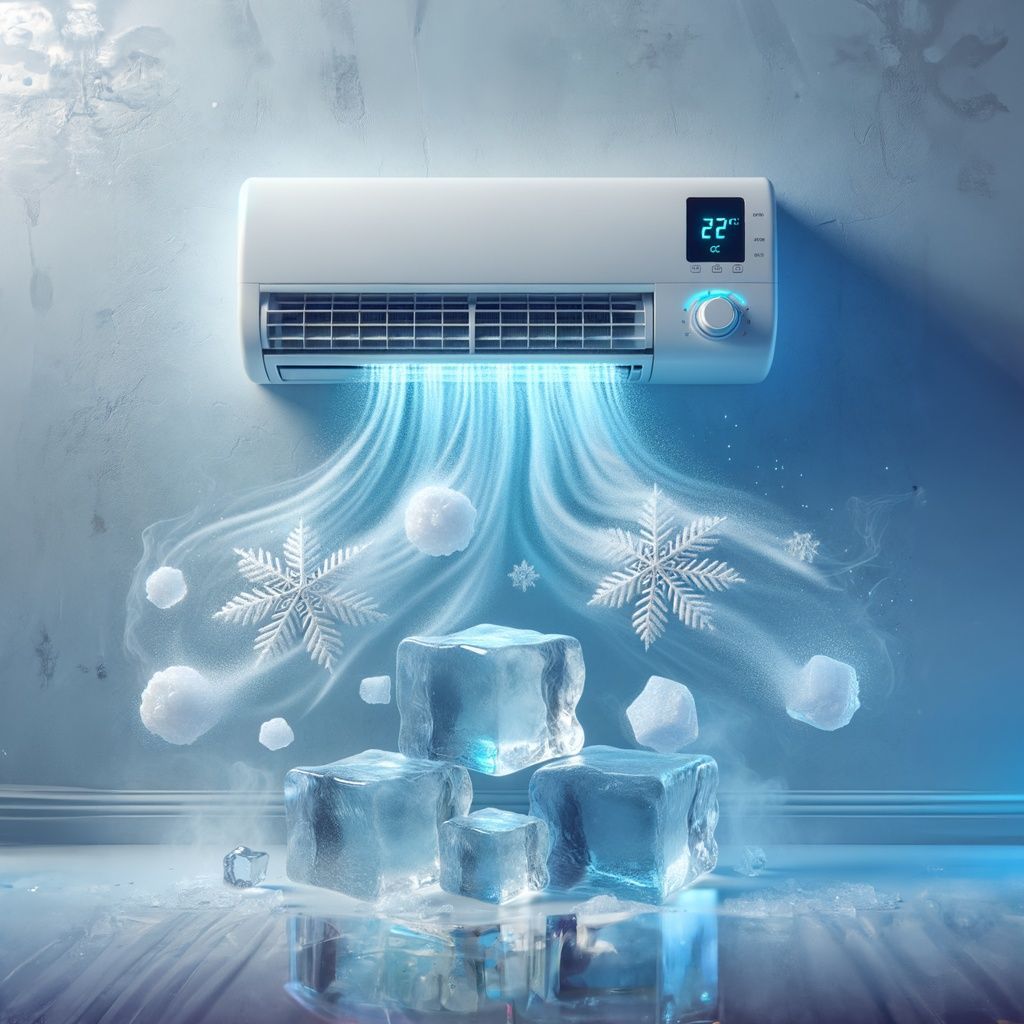
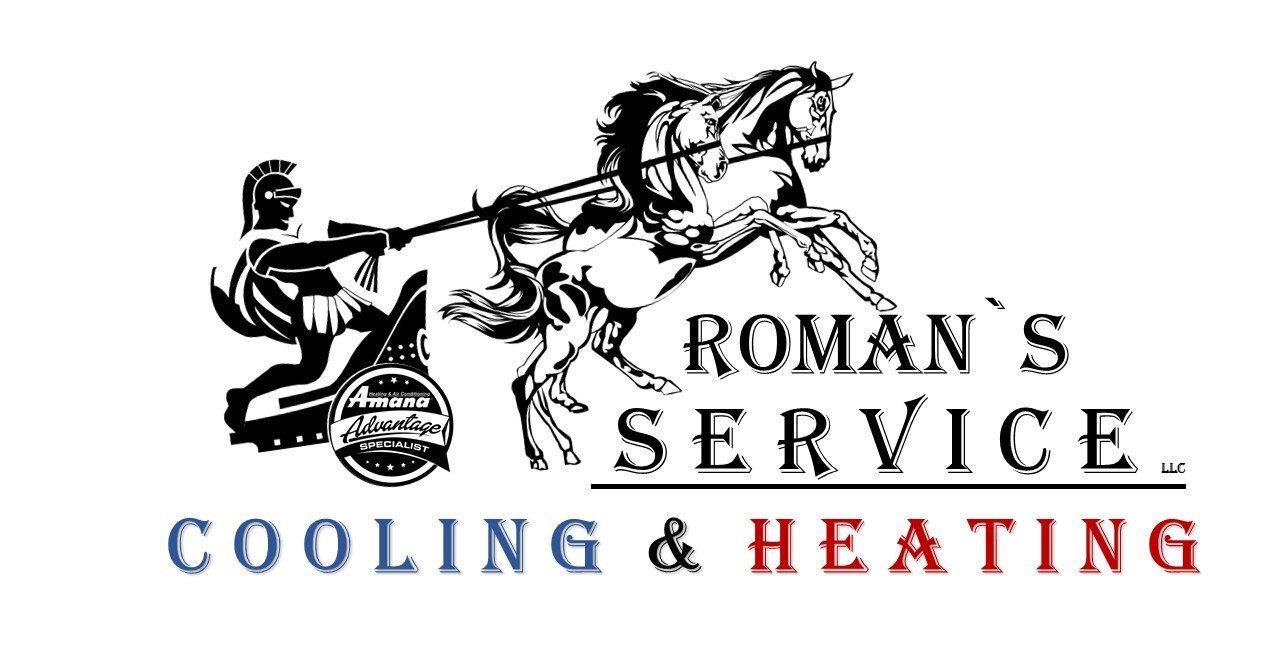
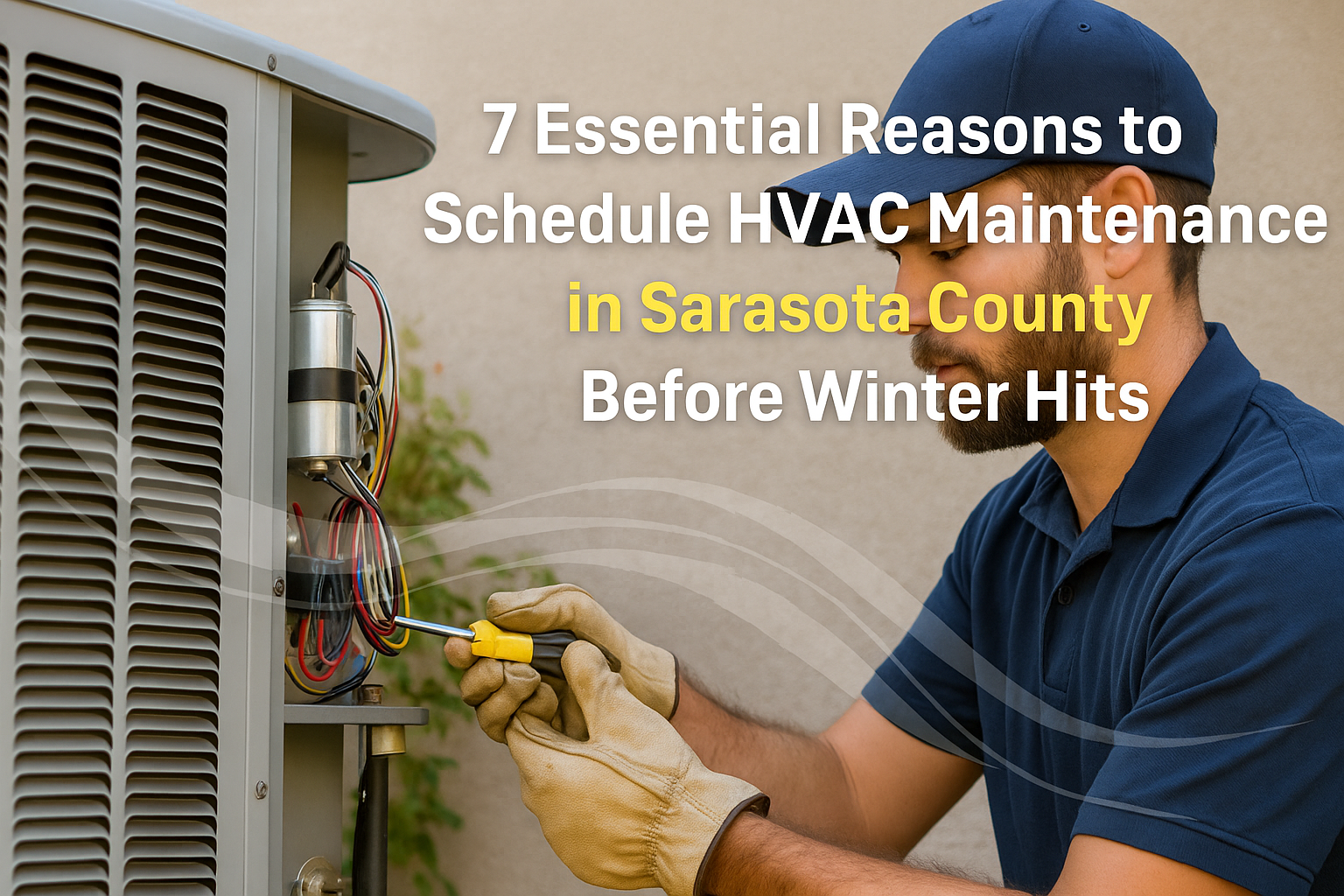

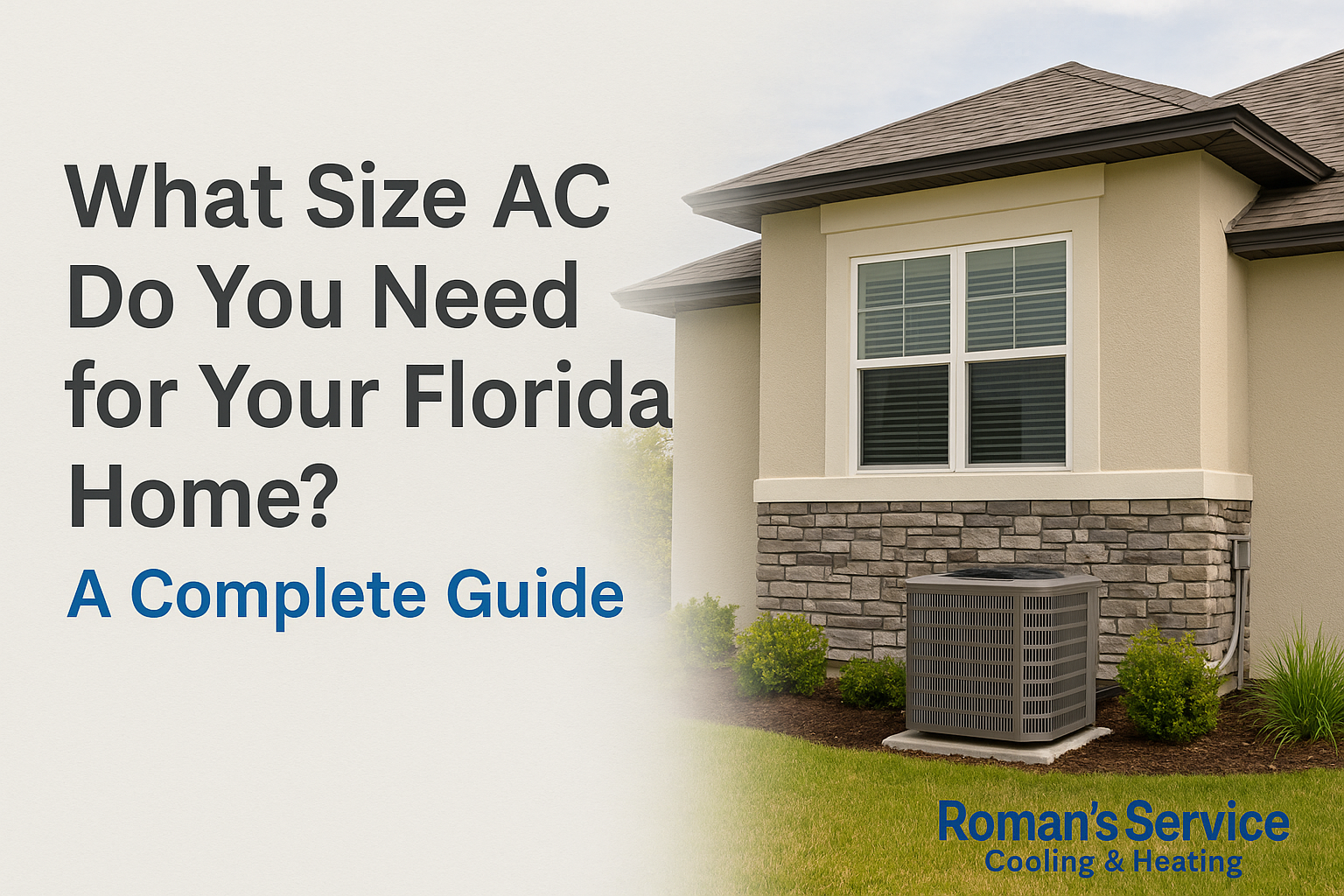
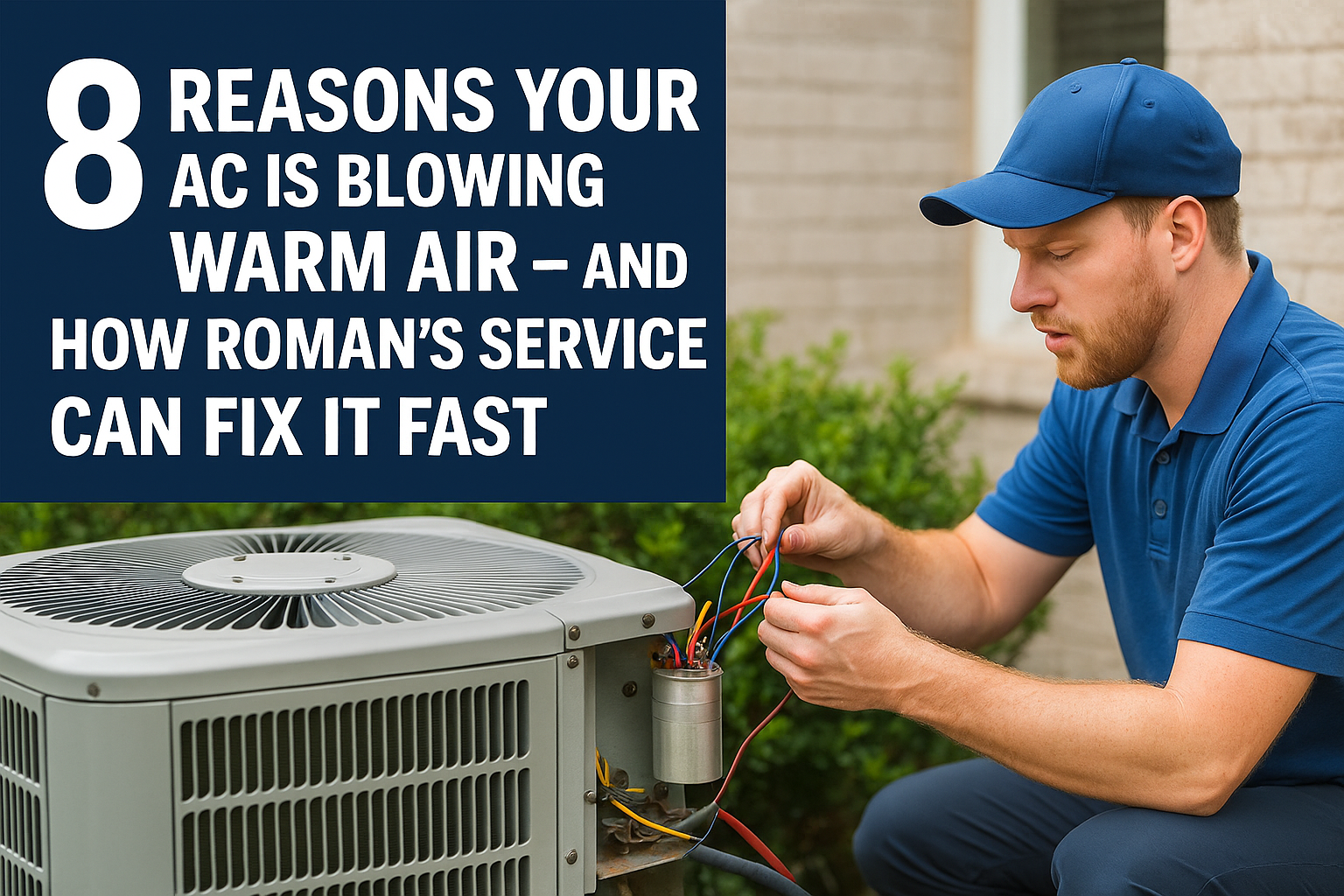


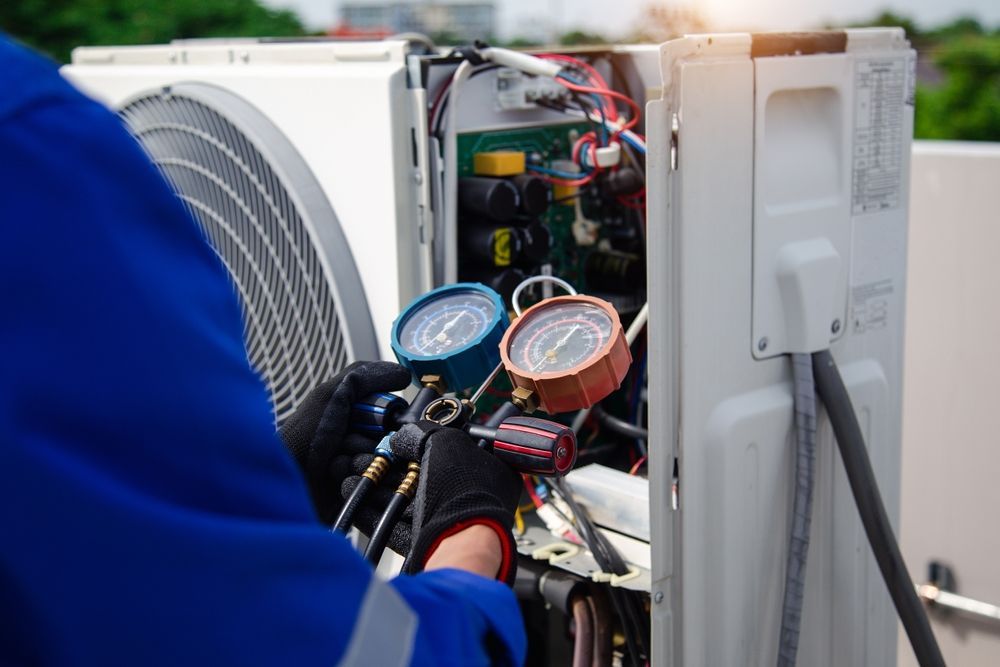
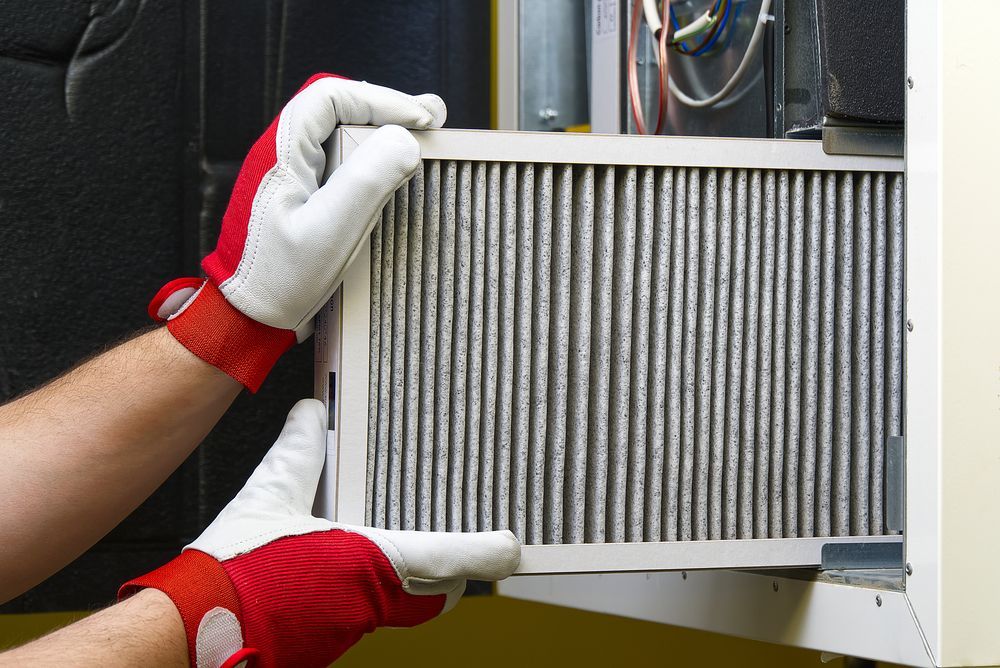
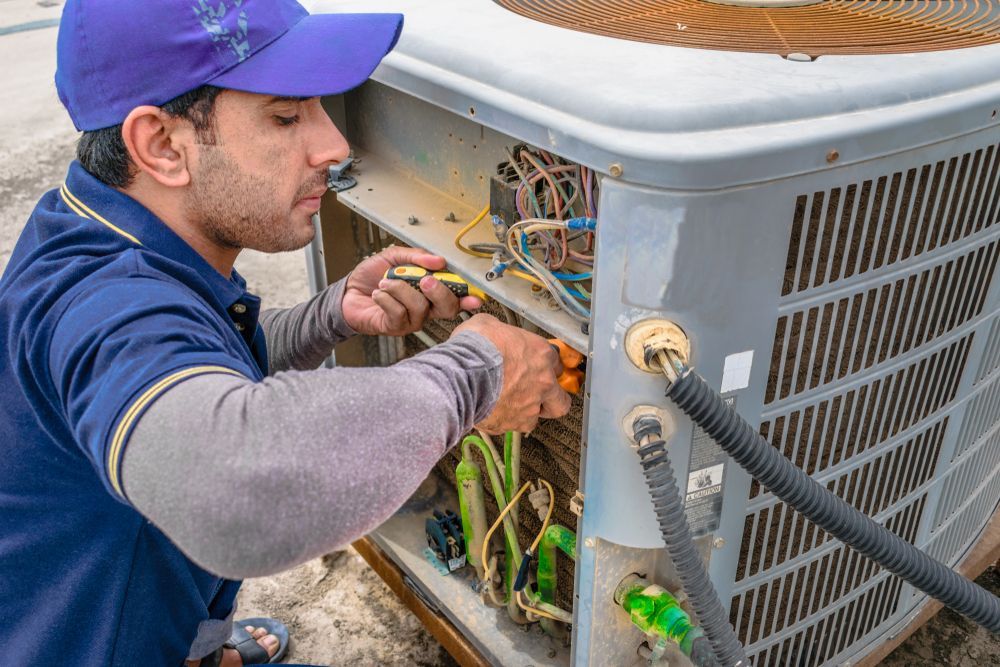
Share On: